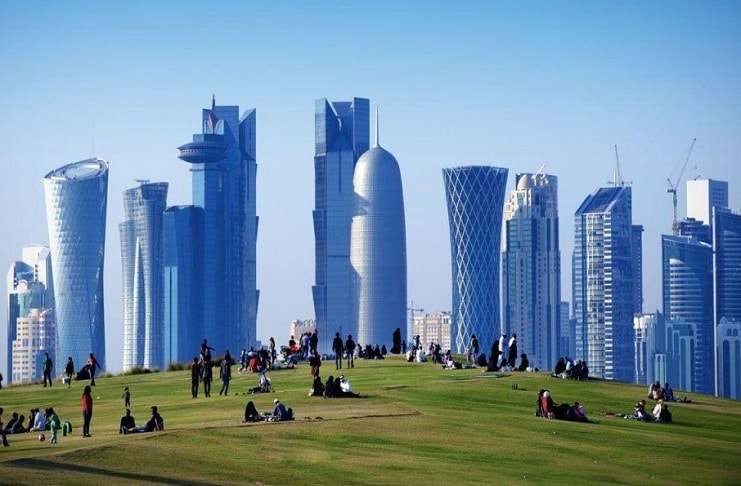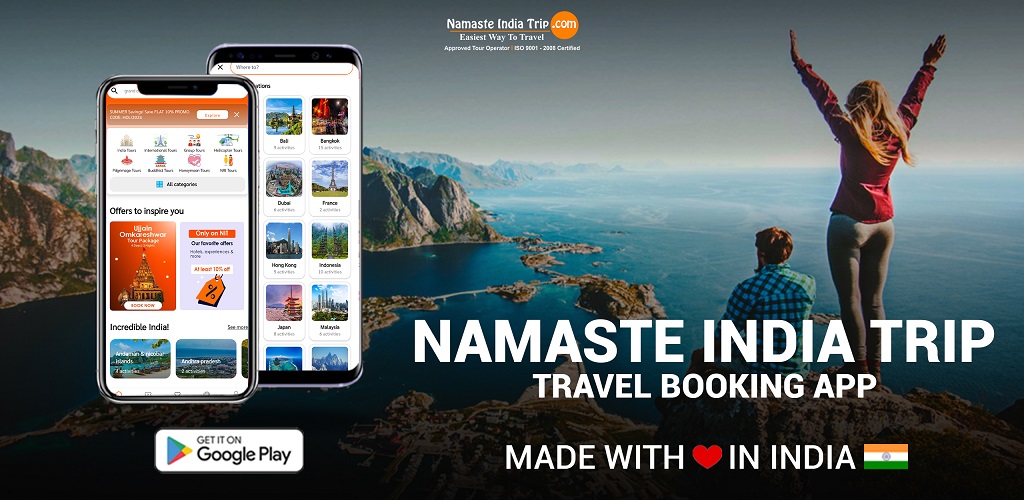This article provides essential information for visitors to Qatar, covering key aspects such as climate, local customs, and dining options. It also highlights the importance of oil and gas in Qatar’s economy, along with ongoing industrial projects. Additionally, it introduces some must-visit places, including the Qatar National Museum.
Climate and Clothing
Qatar has a hot and humid summer, with an average daily temperature of 41°C. Light clothing is needed for most of the year, and in keeping with traditional customs, it is not advisable for women to wear shorts or sleeveless dresses in public. The winter months are cooler, with occasional rain, so light woolen clothing is recommended during this season.

Restaurants
The restaurants in the hotels listed above are renowned for their excellent food and offer round-the-clock coffee shop service. Other independent restaurants in Qatar include Airport Restaurant, Strand (Lebanese), Rendez-vous, Plaza Cafe, and Dragon (Indian and Chinese). There are also fast food outlets like Popeyes, Wimpy, and Kentucky Fried Chicken, as well as several cafe-restaurants serving delicious Indian food.
Liquor
Alcohol cannot be imported freely and can only be brought in by residents with special permits.
Oil Industry
Although the government is making efforts to diversify the economy, it is still overwhelmingly dependent on oil. Oil was discovered near Dukhan, and exports began in 1949. The main oil fields are Al-Bunduq, which is shared with Abu Dhabi, and Idal-Sharqi, which was formerly operated by Shell.
In 1979, Qatar assumed 100% ownership of the Qatar Petroleum Company (QPC), and in 1977, it took control of the Qatar Gas Company.
Oil provides more than 90% of government revenues, and its income has averaged about three times the actual expenditure. According to a World Bank preliminary assessment for 1975, Qatar was ranked as the third richest state in the world per capita, with an estimated oil income of $25 billion a year shared by around 45,000 indigenous Qataris. With current production levels of 500,000 barrels per day (bpd), Qatar’s oil reserves should last another 30 years. Its natural gas deposits are estimated to contain 70-100 trillion cubic feet.
The State runs a generous aid program and invests its surplus as a precaution for when oil runs out. Major projects include a natural gas liquid (NGL) plant at Umm Said, built at a cost of $80 million but destroyed by fire following an explosion in 1977. The rebuilt plant, with an annual capacity of around 876,000 tons of propane, butane, and naphtha, is expected to resume production soon. A major petrochemical plant, which will produce 300,000 tons of ethylene annually for conversion into polyethylene, is also due to begin operations shortly. Other significant projects include a $400 million steel mill with a capacity of 400,000 tons, a small oil refinery, power generation and water distillation plants, and two cement plants.
Economy an Industry
Agriculture plays a major role in meeting Qatar’s local food requirements. The fishing industry has a strong export market, particularly for shrimp. Current production exceeds 30,000 tons of vegetables, 6,000 tons of fruit, and 3,000 tons of alfalfa. Production of poultry and dairy products is also significant. Qatar’s long-term objective is to achieve self-sufficiency in basic foodstuffs.
The Qatar National Fishing Company operates six trawlers and exports shrimp worth $2.5 million per year. The company also markets white fish, particularly humor, for the local market. Traditional fishermen remain active in this field.
Places to Visit
The Qatar National Museum, located in Doha, the capital, is the most ambitious and impressive museum in the Gulf region. It has been carefully restored to reflect both the ancient and modern history of Qatar. Its most unique feature is the dhow basin, which houses six replicas of old pearling and other vessels, all built manually in the traditional manner.
Suggested to Read:

 Call
Call WhatsApp
WhatsApp Enquiry
Enquiry